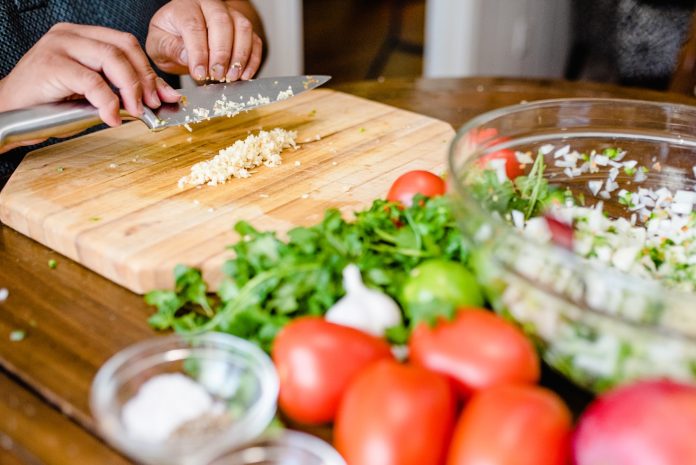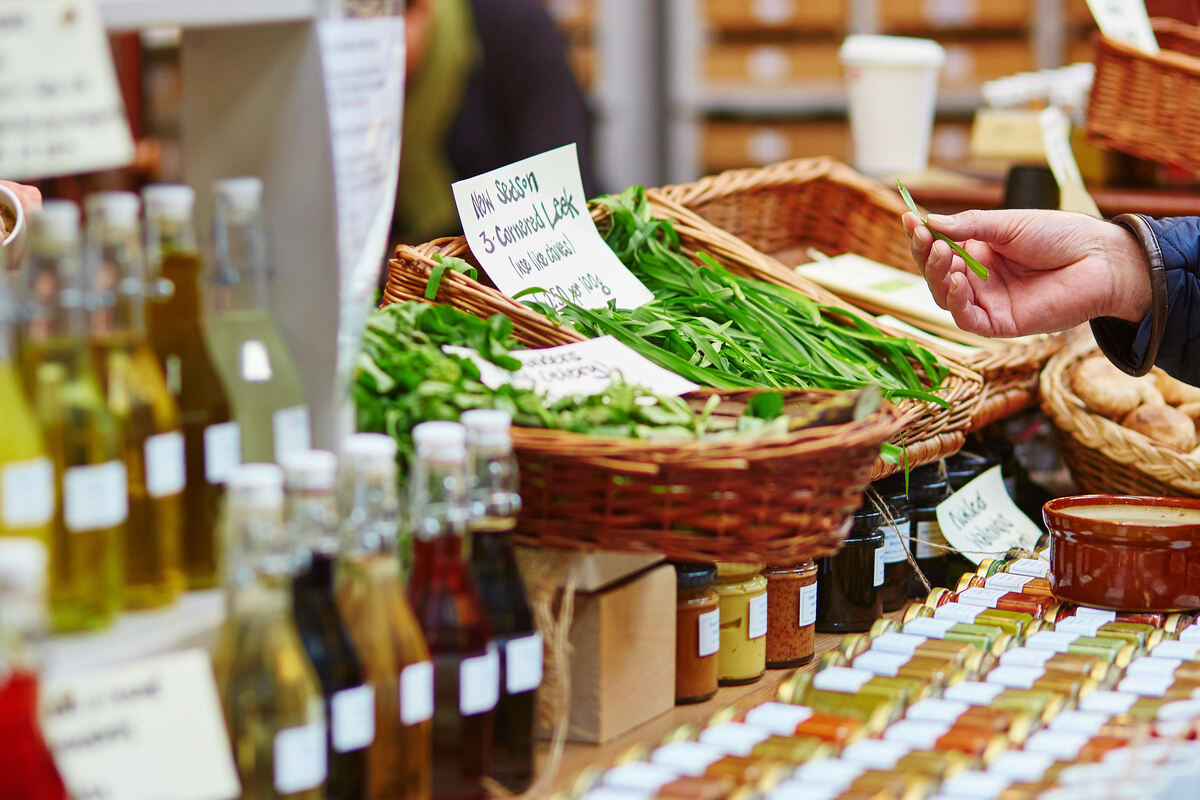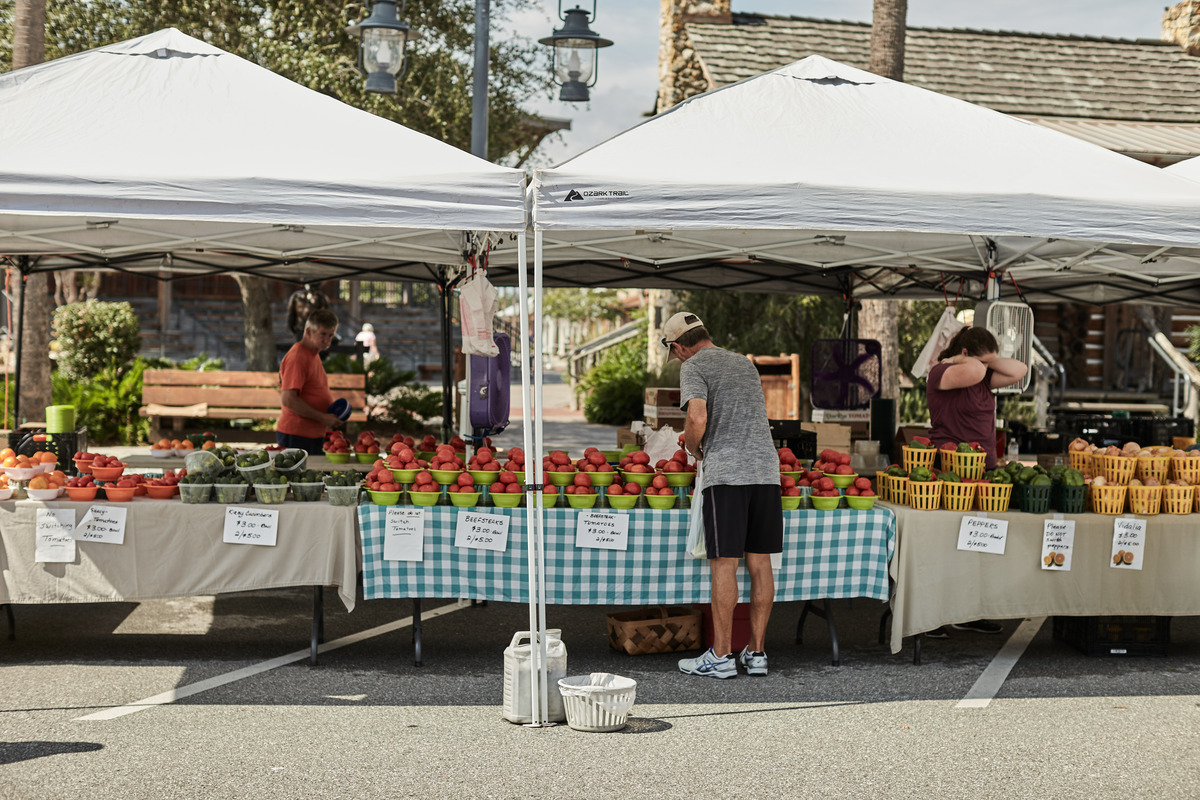Reducing food waste and saving money while enjoying fresh produce can be as simple as regrowing fruits and vegetables from kitchen scraps. Many fruits and veggies you eat weekly can be regrown at home, giving you a sustainable way to keep your fridge stocked with fresh ingredients.
Benefits of Regrowing Food Scraps

Growing your own produce at home has plenty of benefits. It can save you hard-earned money, lighten your environmental impact and even boost your health. Here are some of the most notable advantages:
Reduces food waste: Food waste is a major issue globally, with over one billion tons going to the dump each year. Regrowing scraps that would otherwise end up in landfills contributes to a more sustainable lifestyle.
Saves money: Regrowing fruits and veggies from scraps can reduce grocery bills and ensure fresh produce is always on hand.
Provides fresh nutrients: Homegrown produce often contains more nutrients than store-bought varieties, as you can control the growing conditions and harvest at peak ripeness.
Promotes health: Including more nutritious foods in your diet like fruits and veggies can prevent certain lifestyle conditions like diabetes and heart disease. It can also prevent chronic conditions such as gallstones, which women are at higher risk of developing.
Enhances food security: As many as 44 million people in the United States face food insecurity.
Reduces your carbon footprint: Growing your own food reduces the need for transport, packaging and other resources associated with store-bought produce, lowering your environmental impact.
10 Fruits and Veggies You Can Regrow
Start your indoor fruit and vegetable garden with these 10 foods that are easy to regrow at home.
1. Green Onions

Green onions are the perfect scrap for beginners. Simply place the roots in water, greens out. Keep the glass in a sunny spot, like on your windowsill or in a sunroom. Within a week, you should see new growth.
2. Avocado

Growing an avocado tree from a pit is a fun project, though it takes a few years before the plant bears fruit. After enjoying your avocado, save the pit and clean it thoroughly. Insert toothpicks into the sides and suspend them over a glass of water, with the bottom half submerged. Keep it in a warm spot with indirect sunlight.
After a few weeks, the pit will crack, and a root will grow. Once the root is a few inches long, transplant the pit into soil and watch your avocado tree grow. You’ll be able to make your own guacamole entirely from scratch.
3. Potatoes

Potatoes can regrow from the eyes or sprouts that form on old potatoes. Cut one up, ensuring each chunk has at least one eye. Allow them to dry for a couple of days, then plant them with the eyes facing up.
Water them frequently, and in a few weeks you’ll have brand-new potato plants. Once the plants flower and die back, you can dig up your homegrown spuds.
4. Lettuce

You can regrow lettuce from the bottom of the head after you’ve used the leaves. Place the end bit in a small bowl of water with the cut side facing up. Switch out its water every couple of days and keep the dish in a bright spot.
In about two weeks, you’ll see new leaves sprouting. While it’s unlikely to grow into a full head, it’ll produce enough for a salad or sandwich.
5. Ginger

Ginger is a tropical plant you can easily resprout from a piece of ginger root. Choose one with visible growth buds — look for small eyes or bumps. Plant the ginger root in the soil with the buds facing up and water it regularly. Keep the pot in a warm, sunny location.
A few weeks later, you should see new shoots and roots forming. Harvest the ginger once the plant matures and enjoy it in homemade juices, soups, curries and stir-fries.
6. Celery

Similar to lettuce, celery can be regrown from the base. Remove the stalks and leave their bottom in some water, roots side down. Put it in a window that gets good sun and refill with clean water regularly.
New stalks will begin to grow from the center in about a week. Once it’s bigger, you can plant it for continued growth.
7. Garlic

Garlic is another easy vegetable to grow. Simply plant a clove with the pointed end up. Leave it somewhere bright and water it regularly. Over time, the clove will grow into a new garlic bulb. Garlic greens will also grow and can be used in cooking for a milder garlic flavor.
8. Tomatoes

You can regrow tomatoes from the seeds inside a ripe tomato. Simply scoop them out, rinse them and allow them to air dry. Plant the seeds in the soil and keep them in the sun. Once the seedlings are several inches high, transplant them into your garden or a larger pot. With proper care, you’ll soon have a new crop of tomatoes.
9. Pineapple

Regrowing a pineapple takes much more time and patience, but it’s worth the effort. Cut off the leafy top of the pineapple, leaving about an inch of fruit attached. Remove the lower leaves to expose the stem, and let it dry out for a few days. Then, plant the top in the soil and water it regularly. Leave it outside in the sun during the day but bring it in at night.
10.Carrots

While you can’t regrow a full carrot from scraps, you can regrow the carrot tops, which are edible and great for garnishing dishes. Simply place the top of the carrot in water, chopped side down. Keep the dish in a sunny spot, and within a few days, you’ll see leafy greens sprouting.
Carrot tops taste like a combination of root vegetables and parsley, but they’re abundant in nutrients like vitamins A and C and iron. If you’re not a fan of the taste, you can easily disguise it by blending it into soups or even using it as a base for pesto.
Tips and Tricks For Successfully Regrowing Food Scraps

Making your food scrap garden a success requires perseverance and a green thumb. Here’s how you can get started:
Use fresh scraps: The fresher the scraps, the more likely they are to regrow successfully.
Be patient: Some plants take time to regrow, so don’t be discouraged if you don’t see results immediately.
Keep an eye on water: Ensure your scraps are in water or soil that’s moist but not waterlogged to prevent rot.
Provide sunlight: Most regrowing plants need plenty of light to thrive, so place them in a warm, sunny spot.
Grow Your Own Produce
Regrowing fruits and vegetables from kitchen scraps is a simple and rewarding way to reduce waste, save money and enjoy fresh, seasonal produce. With a little care and patience, you can turn your food waste into a thriving indoor garden.










